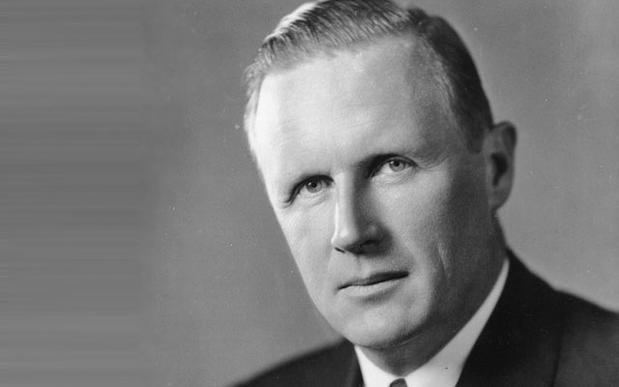Frts. Gautam Mohanty
We decided to undertake the daunting task of examining the companies throughout their entire histories. We didn’t just ask, “What attributes do these companies have today?” We primarily asked such questions as “How did these companies get started? How did they evolve? How did they negotiate the pitfalls of being small, cash-strapped enterprises? How did they manage the transition from start-up to an established corporation? How did they handle the transition from founder to second-generation management? How did they deal with historical events such as wars and depressions? How did they handle the invention of revolutionary new technologies?

We pursued this historical analysis for three reasons. First, we wanted to glean insights that would be valuable not only to readers in large corporations but also to people on small to midsize companies. We have the practical experience and academic knowledge across the continuum – from entrepreneurship and building small companies to planned organizational change in large corporations – and we wanted to create knowledge and tools that would prove useful from both of these perspectives.
Second, and even more important, we believed that only an evolutionary perspective could lead to understanding the fundamental dynamics behind visionary companies. To use an analogy, you can’t fully understand the States without understanding its history- the Revolutionary War, the ideals and compromises of the Constitutional Convention, the Civil War, the expansion westward, the cataclysmic national Depression of the 1930s, the influence of Jefferson, Lincoln, and Roosevelt, and many other historical factors. In our view, corporations resemble nations in that they reflect the accumulation of past events and shaping the force of underlying genetics that has roots in prior generations.

How could we possibly understand Merck today without examining the origins of its underlying philosophy laid down by George Merck in the 1920s (“Medicine is for the patient; not for profits. The profits follow”)? How could we possibly understand 3M today without examining the fact that it began life nearly bankrupt as a failed mine? How could we possibly understand General Electric under the stewardship of Jack Welch without examining GE’s systematic leadership development and selection processes that trace back to the early 1900s? How could we possibly understand Johnson’s & Johnson’s response to the Tylenol poisoning crisis in the 1980s without examining the historical roots of the J&J Credo _penned in 1943) that guided the company’s response to the crisis? We couldn’t.
Third, we believed our comparison analysis would be much more powerful from a historical perspective. Just looking at the visionary versus comparison companies in current time would be like merely watching the last thirty seconds of a marathon footrace. Sure, you could see who won the gold medal, but you wouldn’t understand why he or she had won. To fully understand the outcome of a race, you have to see the entire race and the events that lead up to it- to look at the various runners during their training, during their prerace preparations, during mile one, mile two, mile three, and so on. Similarly, we wanted to look back in time to find answers to such intriguing questions as:

- How did Motorola successfully move from a humble battery repair business into car radios, television, semiconductors, integrated circuits, and cellular communications, while Zenith- started at the same time with similar resources- never became a major player in anything other than TVs?
- How did Proctor & Gamble continue to thrive 150 years after its founding, while most companies are lucky to survive even 15 years? And how did P&G, which began life substantially behind rival Colgate, eventually, prevail as the premier institution in its industry?
- How, did Hewlett-Packard Company remain healthy and vibrant after Bill Hewlett and Dave Packard stepped aside, while Texas Instruments- once a high-flying darling of Wall Street- nearly self-destructed after Pat Haggarty stepped aside?
- Why did Walt Disney Company become an American icon, surviving and prospering through hostile takeover attempts, while Columbia Pictures slowly lost ground, never became an icon, and eventually sold out to a Japanese company?
- How did Boeing emerge from obscurity in the commercial aircraft industry and unseat McDonnell Douglas as the premier commercial aircraft company in the world; what did Boeing have in the 1950s that McDonnell Douglas lacked?
B-School Forum
215, Netaji Subhash Marg, Laxmisagar
Bhubaneswar, Odisha




















